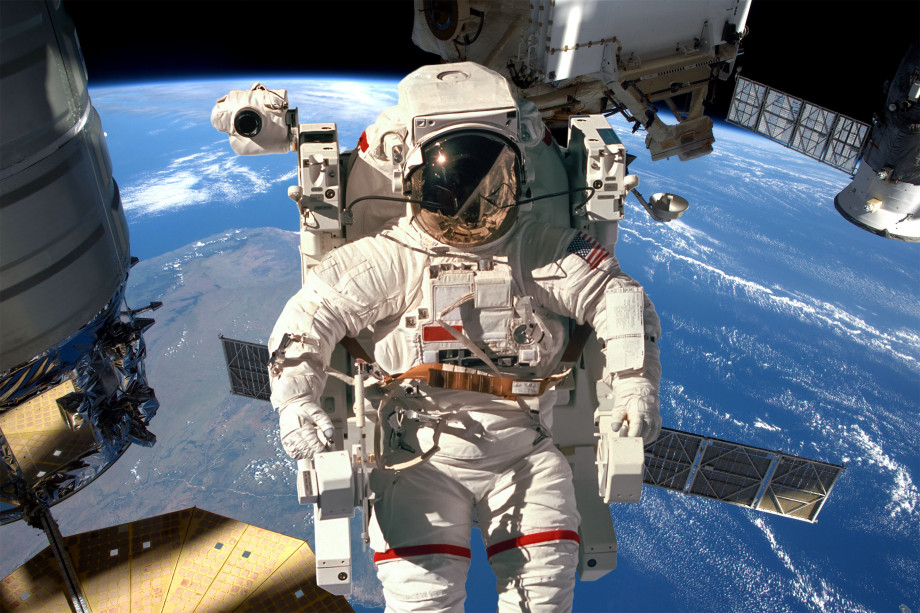Radiation physicists from The University of Wollongong’s Centre For Medical Radiation Physics (CMRP) are using the power of NCI’s Gadi supercomputer to help keep astronauts safe and prepare for the next phase in the human exploration of space. By developing simulations of how particles interact with matter, researchers can better predict the amounts of radiation that astronauts at the International Space Station or on the surface of the moon are exposed to. Ultimately this work may lead to the development of a tool that can be used by governments and industry to better understand risks to human health that arise from cosmic radiation and take steps to ensure astronauts’ safety.
The ambition and scale of human space exploration continues to grow rapidly. Over the coming decades, through initiatives such as NASA’s Moon to Mars plan, researchers will try to overcome the challenges of undertaking long term missions far from Earth, such as harnessing local resources, sustainably disposing of waste and importantly, ensuring the safety of human space explorers. Better understanding the exact nature and dose of the radiation that astronauts will be exposed to in different mission scenarios is crucial to these efforts, enabling appropriate safeguards to be developed and put in place.
Associate Professor Susanna Guatelli and her team, including Dr David Bolst, PhD students Jay Archer and Matthew Large and former PhD student Stefania Peracchi, in collaboration with Associate Professor Jeremy Brown, Swinburne University, develop code within the specialised Geant4 software platform. Geant4, which is open source and developed by a large international collaboration, was created at the end of the 1990s to describe high energy particle experiments, and then adapted to bio-medical and space applications. This platform allows the running of Monte Carlo simulations (a common statistical approach used in forecasting models) and to accurately predict how radiation will interact with matter. Under the direction of Dist. Prof. Anatoly Rozenfeld, the CMRP is also working to develop and improve the design of silicon microdosimeters, novel detectors that can measure radiation at the cellular level. By accurately detecting mixtures of radiation at the micro scale, these instruments have potential applications for space radiation protection and for novel radiation therapies for cancer treatments.

Supercomputing and data resources at NCI, allocated via competitive programs like the National Computational Merit Allocation Scheme (NCMAS), have been crucial to supporting this research. “There is no high energy proton and heavy ion beam facility that can reproduce the complexity of the cosmic radiation environment. This means that computational simulations, that can theoretically model the space radiation environment within a certain level of accuracy, are an important method to calculate the dose in astronauts and understand the response of detectors when irradiated in specific mission scenarios of interest.” Associate Professor Guatelli says. “Having reliable infrastructure like NCI available, with a team of experts behind it to make sure everything runs smoothly, helps us to achieve greater scientific outcomes and take new innovations to market.”
In addition to the potential for this research to help address specific health problems, enhancements that Associate Professor Guatelli and her team are making to the underlying Monte Carlo simulation code carry broader benefits for medical physics. “We are part of the international Geant4 Collaboration that develops this code. Together with my team, we aim to improve it for bio-medical physics applications. It is special to be able to contribute to something that is useful to the wider scientific community and many researchers around the world.”
NCMAS is Australia’s premiere grant scheme for access to high-performance computing (HPC) resources. In 2023, as part of NCMAS, NCI is providing more than 160 million hours of computing time to 135 meritorious researchers, supporting world-changing research across diverse scientific domains.